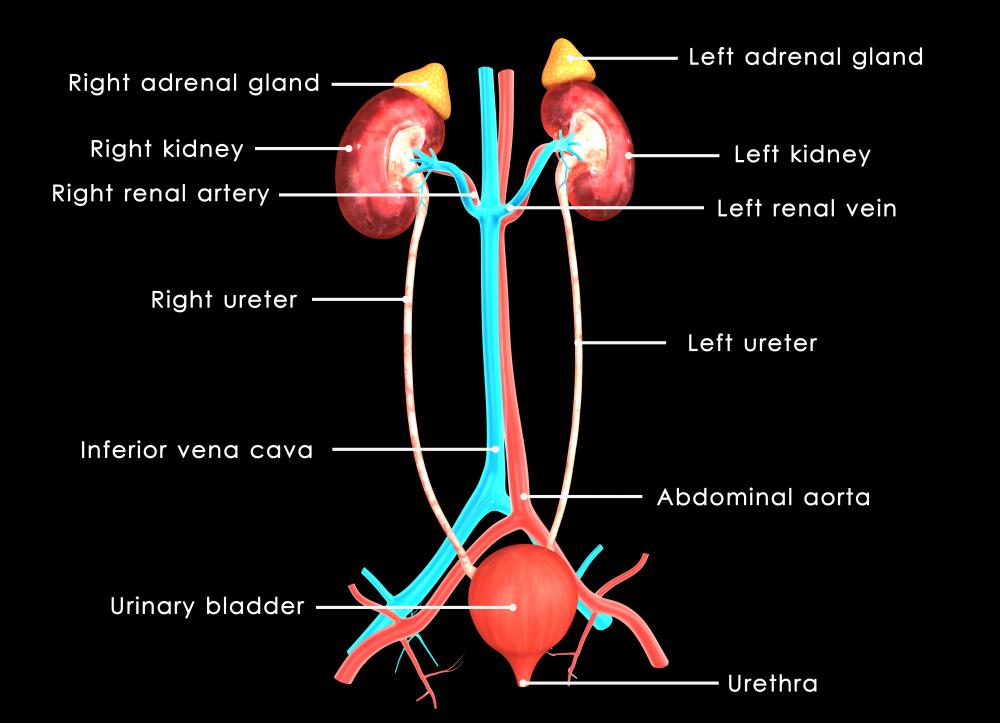At WiseGEEK, we're committed to delivering accurate, trustworthy information. Our expert-authored content is rigorously fact-checked and sourced from credible authorities. Discover how we uphold the highest standards in providing you with reliable knowledge.
What is the Posterior Vena Cava?
The posterior vena cava is a major vein that returns blood from the body to the right atrium of the heart, where the process of circulation begins another round. It also is called the inferior vena cava, and it is one of two major veins known as venae cavae. These great veins run vertically down through the back part of the midsection or torso of the body before branching out into each thigh in the lower body and into each arm and the neck in the upper parts of the body. Branches of the venae cavae have different names because they are of different sizes and are located in different parts of the body. The superior vena cava is the vein that collects blood returned from the head and upper body, and the posterior vena cava receives blood from the lower portion of the body.
Any blood vessel that returns blood to the heart is a vein. The posterior vena cava is part of the largest of all veins in the body and sits next to the aorta, the largest of all arteries in the body. Veins, except for the pulmonary veins, carry oxygen-poor blood to the heart on its way around the path that constitutes the cycle of blood circulation. Oxygen-poor blood also carries other waste products, such as carbon dioxide, and flows from capillaries into small veins known as venules. These venules gradually blend into larger veins until all oxygen-poor blood ends up merging and mixing in either the superior vena cava or the posterior vena cava, which are longer and larger than typical blood vessels.

In illustrations showing the anatomy of the major veins and arteries, the posterior vena cava is almost always depicted with a blue color, as are other veins. This is because blood in the veins is thought of as blue because it lacks oxygen. Arteries generally are shown in red to remind of the bright red color of oxygen-rich blood. Showing the major blood vessels in this way also helps to sort out where they are in the body when studying illustrations of anatomy.

The heart and the posterior vena cava along with all of the other blood vessels, regardless of size, comprise the cardiovascular system. This also is sometimes referred to as the circulatory system. Unlike arteries, which produce a pulse when they lie over a bone close to the surface of the skin, veins do not generate a pulse.
AS FEATURED ON:
AS FEATURED ON:















Discuss this Article
Post your comments